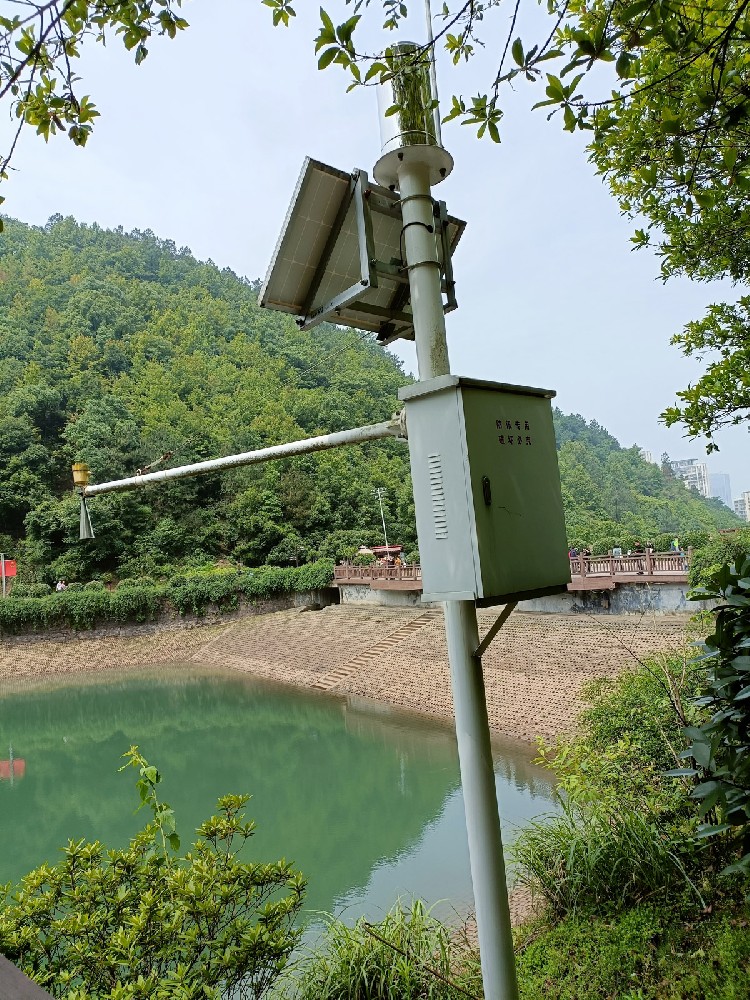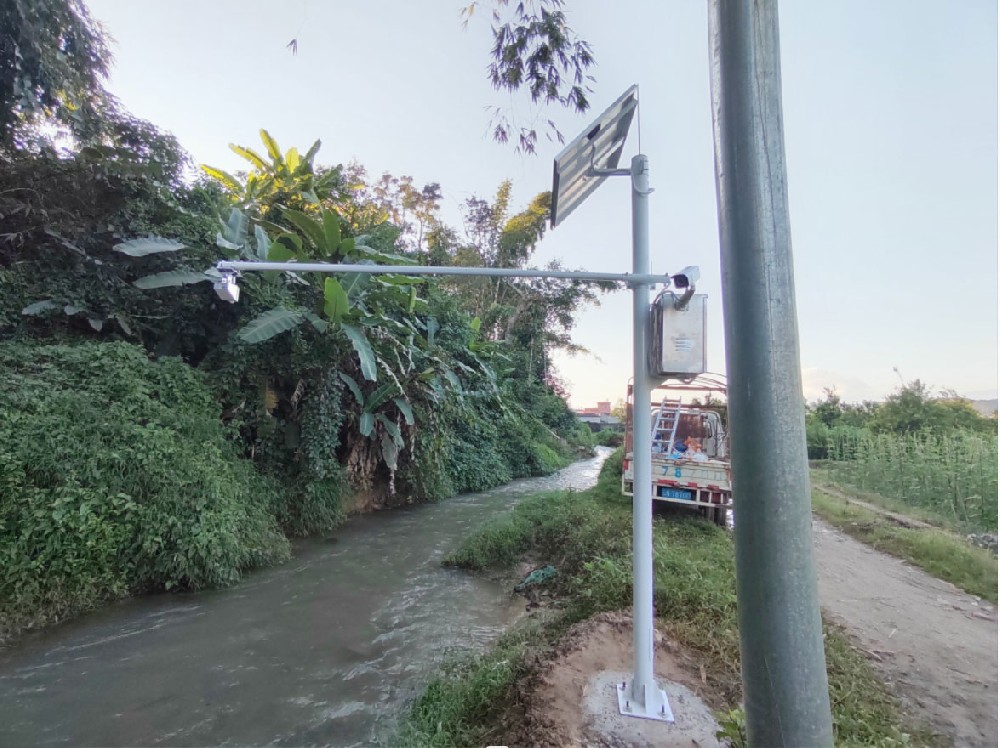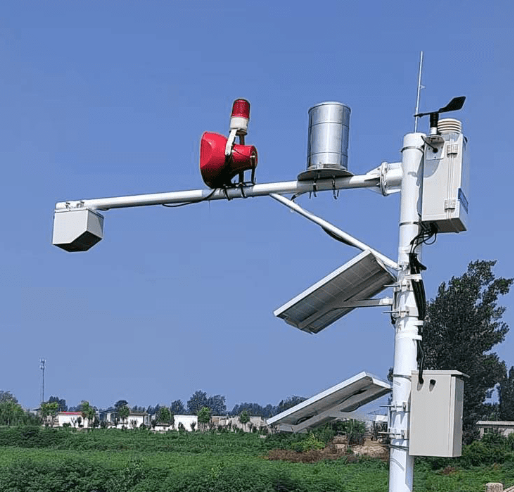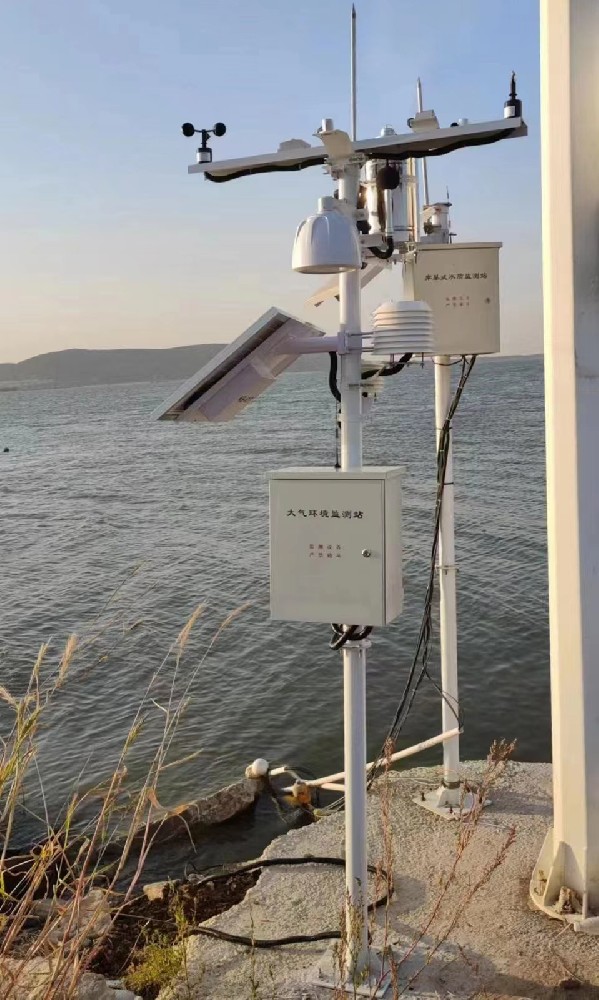

— Blogs —
—Products—
 Consumer hotline +8618073152920
Consumer hotline +8618073152920 WhatsApp:+8615367865107
Address:Room 102, District D, Houhu Industrial Park, Yuelu District, Changsha City, Hunan Province, China
Product knowledge
Time:2024-08-04 17:41:27 Popularity:2043
Hydrometeorology is the study of the interaction of the hydrological cycle with atmospheric processes, combining the principles and methods of hydrology and meteorology. In the study and practice of hydrometeorology, a variety of equipment is used, including hydrological observation equipment and meteorological observation equipment, to monitor and measure various hydrometeorological parameters.
Hydrologic observation equipment: is used to monitor elements related to hydrology, such as water level, flow, and water quality. These devices include water level meters, flow meters, dissolved oxygen meters, turbidity sensors, etc., which are used for real-time monitoring and recording of hydrological parameters in rivers, lakes, reservoirs and other water bodies.
Meteorological observation equipment: used to monitor elements related to meteorology such as temperature, humidity, rainfall, wind speed and direction. These devices include temperature sensors, humidity sensors, rain gauges, anemometers, etc., which are used for real-time monitoring and recording of various meteorological parameters in the atmosphere.

Float-type water level meter: measuring the water level by utilizing the principle that the buoyancy of the float changes with the water level.
Pressure-type water level meter: by measuring the change of liquid pressure to deduce the height of the water level.
Radar water level meter: using radar beam to measure water level, not affected by water quality and light, applicable to a variety of complex environments. It adopts microwave reflection principle, strong anti-interference ability, and the measurement data can reach millimeter level.
Electronic water ruler: applied to rivers, lakes, reservoirs and other water conservancy projects in the water level monitoring, the protective shell is mostly made of stainless steel, with strong protection and anti-interference ability.

3. Liquid level measurement equipment
Ultrasonic level meter: by transmitting ultrasonic waves and receiving its echo to calculate the liquid level height.
Input level meter: through the sensor is directly immersed in the liquid to measure the pressure change to deduce the liquid level height, applicable to groundwater level, reservoir level, tank level and other scenarios.
4. Flow monitoring equipment
Electromagnetic flowmeter: measuring the flow of conductive liquid in the pipeline using the principle of electromagnetic induction.
Ultrasonic flowmeter: calculate the flow rate by measuring the propagation speed and time difference of ultrasonic waves in the fluid.
Doppler flow meter: using the principle of the Doppler effect to measure the flow of open water such as rivers and channels. Radar flow meter is also a commonly used device to measure water level, flow rate, flow rate and other parameters at the same time.
Radar flow meter and flow rate meter: using radar technology to measure water velocity and flow rate, applicable to rivers, channels, etc., to ensure non-contact accurate measurement.

5. Evaporation measurement equipment
Evaporation dish: traditional evaporation measurement tool, through regular measurement of the reduction of water in the evaporation dish to calculate the evaporation.
Evaporation sensor: Measurement of evaporation using electronic sensing technology, capable of automatically recording and transmitting data.
6. Water quality monitoring equipment
Water Quality Sensor: It is used to measure the PH value, dissolved oxygen, turbidity, conductivity and other parameters of the water body. It has the advantages of wide measurement range, high precision and strong anti-interference ability.
Multi-parameter water quality analyzer: capable of measuring multiple water quality parameters at the same time to improve monitoring efficiency.
Online water quality monitoring system: real-time monitoring of water quality parameters through sensors installed in the water body, and transmit the data to the monitoring center for analysis and processing.
7. Other advanced equipment
New water conservancy rain measurement radar system: adopts low altitude and seamless continuous elevation angle step scanning mode to improve the accuracy of surface rainfall monitoring.
Intelligent Water Conservancy Integrated Intelligent Sensing Terminal: integrates various monitoring functions such as rainfall, water level, image, video, etc., and is capable of automatically transmitting data to the platform to realize remote management.
Sediment Monitor: Measures suspended sediment and sediment content, which is important for monitoring the siltation of rivers and reservoirs.

Hydrometeorological Observatory:
Integrated equipment that simultaneously monitors hydrologic and meteorological parameters, including water levels, flows, meteorological elements, etc., designed to provide comprehensive environmental monitoring and data collection. These stations typically include data loggers, communication systems, and power supply systems to enable real-time recording, storage, and transmission of data.
1. Meteorological instruments: They also include automatic weather stations, automatic rainfall stations, wind speed and direction meters, wind bags, louver boxes, temperature and humidity recorders, sensors, wind vane, wind speed alarms, wind energy anemometers, and so on. These devices are mainly used for weather forecasting, weather monitoring and other meteorological services, can be divided into two categories: ground meteorological observation instruments and high-altitude weather detection instruments.
2. Ultrasonic wind speed and direction sensors: measure wind speed and direction, commonly used in weather stations to provide data on wind conditions, which is crucial to the study of the impact of wind on the hydrological cycle.
3. Thermometers: measure water and air temperatures, digital thermometers or mercury thermometers can be used to ensure the accuracy of the data.
4. Precipitation measurement equipment
Rain gauge: Used to automatically measure and record the amount of precipitation over a certain period of time. Commonly, there are tipping bucket rain gauges and weighing rain gauges. The tipping bucket rain gauge calculates the amount of precipitation by the number of times the tipping bucket is turned over, while the weighing rain gauge calculates the amount of precipitation by measuring the change in the weight of the precipitation. These include tipping bucket, piezoelectric, and optical rain gauges, which are used to accurately measure precipitation and are extremely important for flood warning and water resource management.
These devices are usually equipped with advanced data logging and transmission systems that can send data to data centers in real time or at regular intervals for easy analysis and early warning. As technology advances, these devices are becoming more intelligent and automated, improving the efficiency and accuracy of data collection.
In summary, hydrometeorology uses a wide variety of equipment, covering precipitation measurement, water level monitoring, liquid level measurement, flow monitoring, evaporation measurement and water quality monitoring. The application of these devices provides important technical support for the research and practice of hydrometeorology.
Related recommendations
Sensors & Weather Stations Catalog
Agriculture Sensors and Weather Stations Catalog-NiuBoL.pdf
Weather Stations Catalog-NiuBoL.pdf
Related products
 Combined air temperature and relative humidity sensor
Combined air temperature and relative humidity sensor Soil Moisture Temperature sensor for irrigation
Soil Moisture Temperature sensor for irrigation Soil pH sensor RS485 soil Testing instrument soil ph meter for agriculture
Soil pH sensor RS485 soil Testing instrument soil ph meter for agriculture Wind Speed sensor Output Modbus/RS485/Analog/0-5V/4-20mA
Wind Speed sensor Output Modbus/RS485/Analog/0-5V/4-20mA Tipping bucket rain gauge for weather monitoring auto rainfall sensor RS485/Outdoor/stainless steel
Tipping bucket rain gauge for weather monitoring auto rainfall sensor RS485/Outdoor/stainless steel Pyranometer Solar Radiation Sensor 4-20mA/RS485
Pyranometer Solar Radiation Sensor 4-20mA/RS485
Screenshot, WhatsApp to identify the QR code
WhatsApp number:+8615367865107
(Click on WhatsApp to copy and add friends)
